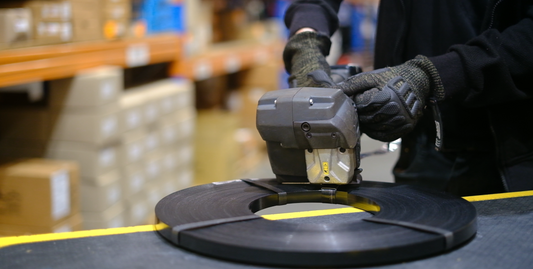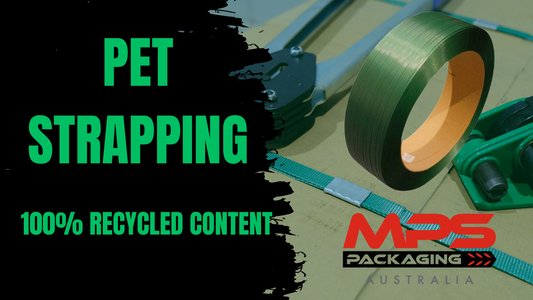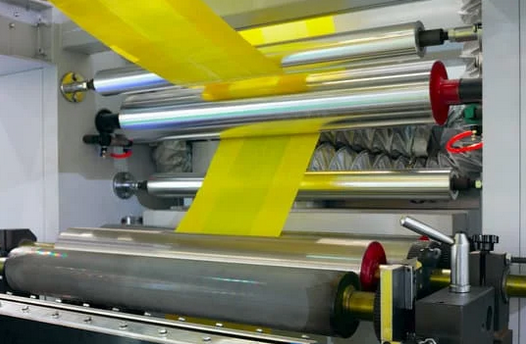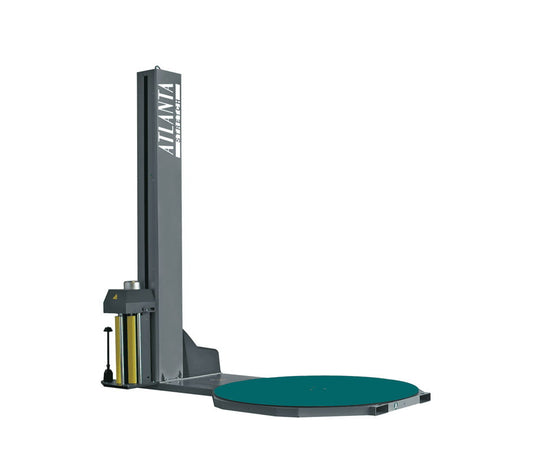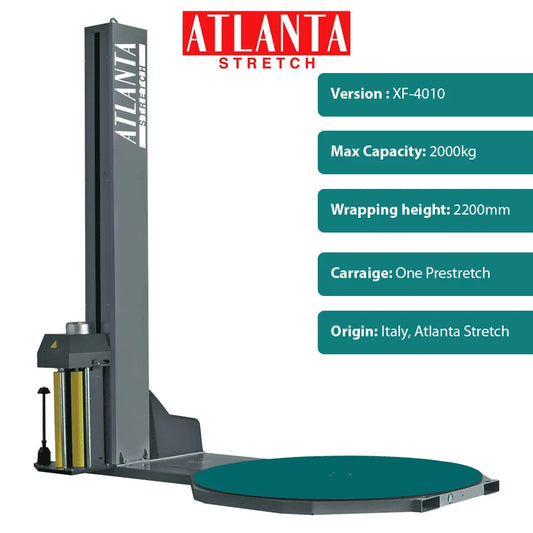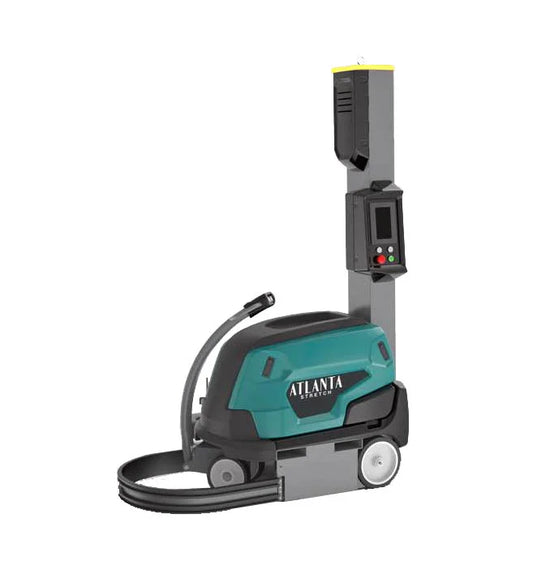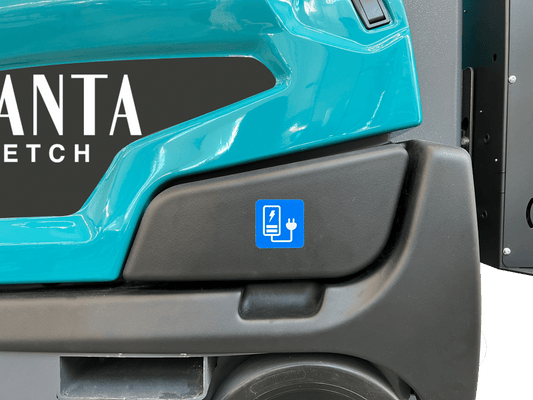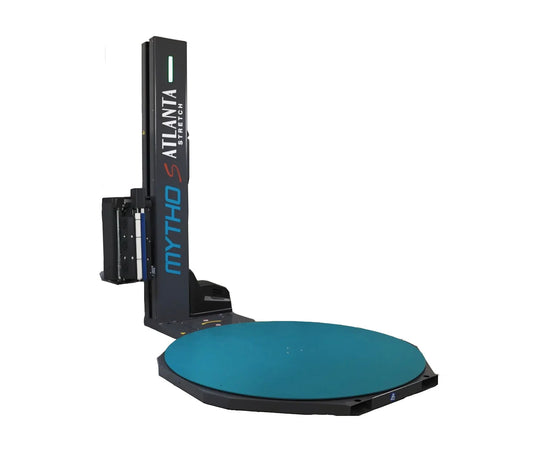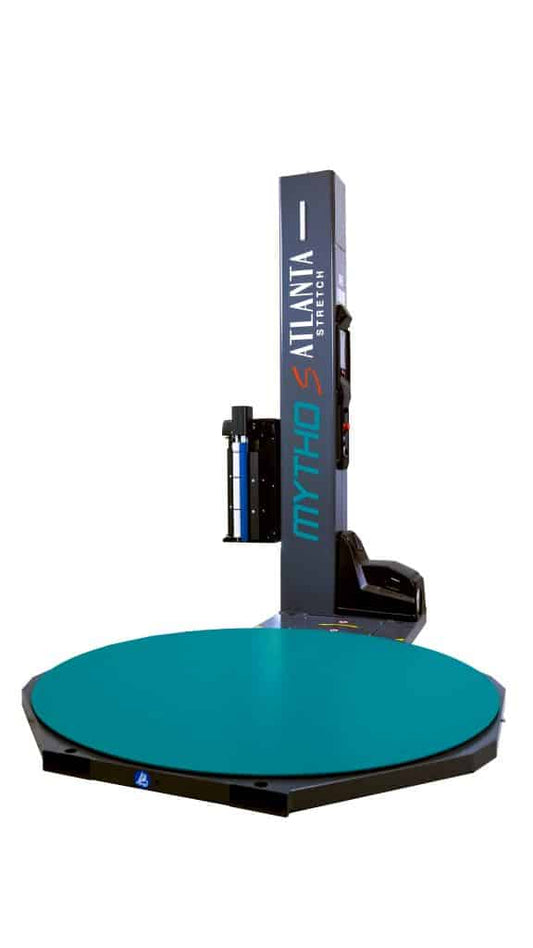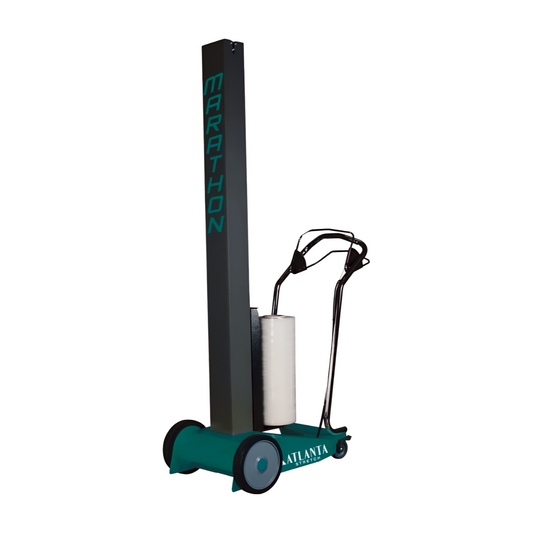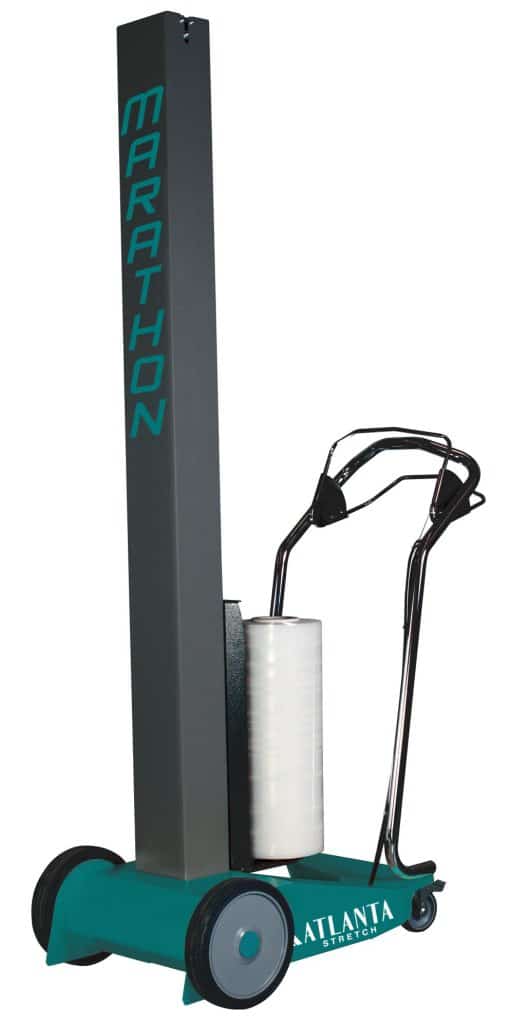When it comes to securing your products for shipping or storage, choosing the right type of strapping is crucial. Two of the most commonly used materials for strapping are PET (Polyester) and Polypropylene (PP). While both have their merits, understanding their differences can help you make the best choice for your specific needs. In this blog post, we'll dive into the key distinctions between PET and PP strapping to help you determine which is right for your application.
Material Composition and Strength
Polypropylene (PP) Strapping
- Material: Polypropylene strapping is made from a thermoplastic polymer known as polypropylene.
- Strength: This type of strapping is lighter and less strong compared to PET. It is typically used for light to medium-duty applications, making it ideal for securing lighter loads.
- Tensile Strength: PP strapping has lower tensile strength, which means it’s less suitable for heavy-duty applications.
- Elongation: One of the benefits of PP strapping is its high elongation. This allows the material to stretch more, making it useful for securing packages that might expand or contract during transit.
PET (Polyester) Strapping
- Material: PET strapping is made from polyethylene terephthalate, a type of polyester known for its strength.
- Strength: PET strapping is significantly stronger than polypropylene, making it suitable for heavy-duty applications where greater tensile strength is required.
- Tensile Strength: With a higher tensile strength, PET strapping can handle more weight and tension, making it an excellent alternative to steel strapping for certain applications.
- Elongation: PET has lower elongation compared to PP, which means it doesn’t stretch as much. This characteristic provides more consistent tension over time, making it ideal for securing heavy or rigid loads.
Durability and Resistance
Polypropylene (PP) Strapping
- Weather Resistance: PP strapping is resistant to most chemicals and moisture, but it does have a downside—it can degrade with prolonged exposure to UV light.
- Durability: While adequate for many applications, PP is less durable than PET, especially under high stress or in harsh environmental conditions.
PET (Polyester) Strapping
- Weather Resistance: PET strapping stands out with its superior resistance to UV light and other environmental factors. This makes it more durable for outdoor and long-term applications.
- Durability: Thanks to its high durability, PET strapping is suitable for securing heavy loads over extended periods, making it a preferred choice in demanding environments.
Applications
Polypropylene (PP) Strapping
- PP strapping is commonly used for bundling lighter products, securing cartons, and palletizing in industries such as retail, textiles, and logistics.
- It's ideal for applications where cost is a significant factor, and the load doesn’t require high tensile strength.
PET (Polyester) Strapping
- PET strapping is used for securing heavier loads, such as those found in the construction, automotive, and metal industries.
- It's an excellent alternative to steel strapping, particularly for securing heavy or rigid loads that require strong, consistent tension.
Cost
Polypropylene (PP) Strapping
- PP strapping is generally less expensive, making it an economical choice for lighter, less demanding applications. If cost is a primary concern and the loads are not too heavy, PP strapping is often the go-to option.
PET (Polyester) Strapping
- While more expensive than PP strapping, PET offers greater strength and durability. This makes it a cost-effective solution in applications where higher performance and long-term reliability are needed.
Environmental Impact
Polypropylene (PP) Strapping
- PP strapping can be recycled, but it is less commonly recycled compared to PET. For businesses focused on sustainability, this might be a consideration.
PET (Polyester) Strapping
- PET strapping is highly recyclable and is often made from recycled materials. This makes it a more environmentally friendly option, especially for companies looking to reduce their carbon footprint.
Conclusion
Choosing between PET and Polypropylene strapping depends largely on your specific needs. If you’re dealing with light to medium-duty applications where cost and flexibility are key, Polypropylene strapping is an excellent choice. It's ideal for bundling lighter loads and securing products where high tensile strength is not necessary.
On the other hand, if your packaging needs involve heavy-duty applications that require greater strength and durability, PET strapping is the way to go. Its superior tensile strength, durability, and resistance to environmental factors make it a reliable choice for securing heavy loads or for use in harsh conditions.
At MPS Packaging, we offer both PET and Polypropylene strapping to meet a wide range of packaging needs. Whether you’re looking for cost-effective solutions or heavy-duty performance, our experts can help you choose the best strapping material for your application.


